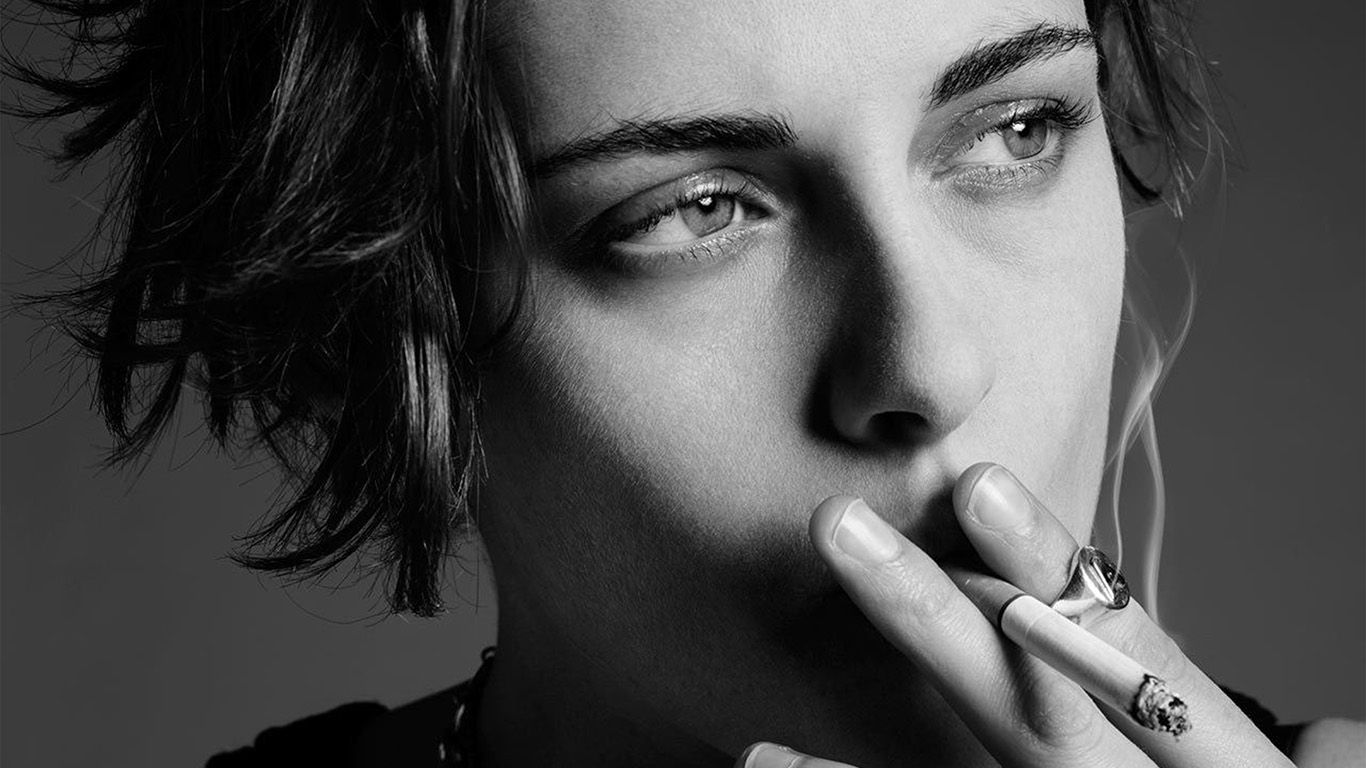Drinks that include ethanol are generally known as alcoholic beverages, and the list of such drinks is surprisingly long and varied. If you’ve ever browsed the liquor aisle of a grocery store or convenience shop, you’ve likely noticed the immense variety of alcoholic products—each with its own branding, ingredients, and potency. While they all fall under the umbrella of alcohol, there are key differences in how they’re made and how strong they are. Some are mild and traditionally fermented, while others are distilled to achieve dangerously high alcohol levels. Understanding these differences isn’t just useful—it’s essential for safety and informed choices.
What Is Alcohol?
Alcohol has been a part of human history for thousands of years. Across ancient civilizations—from Mesopotamia and Egypt to China and Mesoamerica—alcoholic drinks were consumed for rituals, celebration, and even medicinal use. But alcohol isn't just a social substance; it’s also a chemical compound with potent effects on the body.
In chemistry, alcohol is defined as any molecule where a hydroxy group—a bonded pair of oxygen and hydrogen atoms—takes the place of a hydrogen atom in a hydrocarbon chain. These combinations form what scientists call "secondary alcohols." While there are many types of alcohols by chemical definition, humans typically interact with just three: methanol, isopropanol, and ethanol. Among these, only ethanol is safe for consumption.
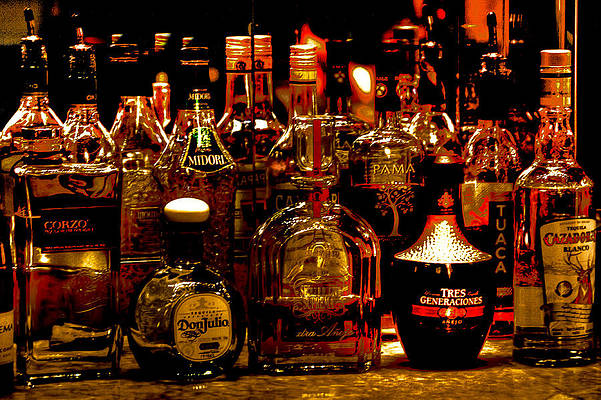
Exploring the Three Main Types of Alcohol
Although the term "alcohol" often refers to drinks, not all alcohols are drinkable. Here's a breakdown of the three types people encounter most frequently:
-
Methanol, also called methyl alcohol, is highly toxic. It's found in products like fuel, windshield washer fluid, antifreeze, and paint thinners. Even a small amount can lead to blindness or death because the body processes it into highly poisonous substances.
-
Isopropanol, better known as isopropyl or rubbing alcohol, is used as a disinfectant and cleaning agent. While effective at killing germs, it's also extremely harmful if ingested, leading to liver damage and neurological issues.
-
Ethanol, also called ethyl alcohol, is the kind found in beer, wine, spirits, and other consumable drinks. It’s produced through the fermentation of sugars and starches by yeast. Ethanol is the only type of alcohol suitable for drinking, but only in moderation. Excessive or frequent consumption can lead to liver disease, addiction, cognitive decline, and a wide array of other health issues.
Although ethanol is technically metabolized by the liver, the human body can only process small amounts at a time. Drinking too much, too fast can overwhelm this process, resulting in intoxication or worse. Over time, regular heavy drinking can permanently damage vital organs and the brain, making it a dangerous substance when misused.
Fermented vs. Distilled: How Alcohol Is Made
Alcoholic beverages are generally categorized into two major groups based on how they’re produced: undistilled (fermented) and distilled drinks. This classification plays a major role in the final alcohol content and the strength of the drink.
Fermented Alcohol (Undistilled)
Fermentation is a natural process that’s been used for thousands of years. During fermentation, yeast or bacteria feed on sugars and convert them into ethanol and carbon dioxide. The sugar can come from grapes, grains, honey, rice, or even apples—depending on the type of beverage being made.
Examples of fermented drinks include wine, beer, hard cider, mead, and sake. Because fermentation is biologically limited by the tolerance of the yeast used, these beverages typically don’t exceed 15% alcohol by volume (ABV). They are considered milder and are often consumed in social and culinary settings.
Distilled Alcohol (Spirits and Liquors)
Distillation is a more complex process that involves heating a fermented liquid until the alcohol turns into vapor. This vapor is then collected and condensed back into liquid form, separating it from water and other materials. The result is a beverage with a much higher alcohol concentration.
Drinks like vodka, rum, whiskey, gin, and tequila are all distilled. These drinks often contain between 35% to 50% ABV, though some can go even higher. The distillation process allows producers to create potent beverages with longer shelf lives and more consistent strength.
Alcohol content is usually measured using two systems: Alcohol by Volume (ABV) and alcohol proof. ABV refers to the percentage of ethanol in 100 milliliters of liquid. In contrast, proof is a U.S. system that simply doubles the ABV. For instance, a drink that has 40% ABV is labeled as 80 proof.
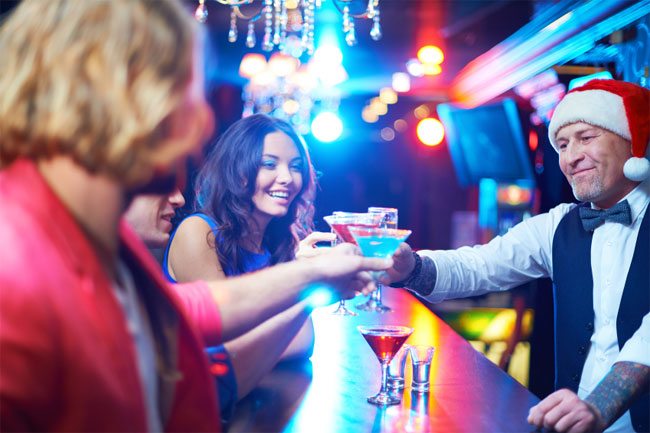
Alcoholic Drinks Categorized by Strength
Different alcoholic beverages contain varying levels of ethanol, and this affects not only how quickly a person feels its effects but also the potential for alcohol poisoning. The stronger the drink, the less you need to reach high blood alcohol levels. Let's explore the various drinks starting with the milder, fermented types and moving toward the more intense distilled spirits.
Undistilled Beverages
Beer
Beer holds the title as one of the world’s most consumed beverages, ranking just after water and tea. With a legacy that dates back thousands of years, it’s often made from barley, wheat, or corn and flavored with hops. Standard beer usually contains between 4% and 6% ABV. Light beers are even lower, hovering around 2% to 4%, while stronger varieties like malt liquors can reach 6% to 8% or more.
Wine
Wine, another beverage with ancient roots, is typically made by fermenting grapes. Standard wines come in at under 14% ABV. Sparkling wines like champagne usually have between 10% and 12%. Fortified wines—including port, sherry, vermouth, and marsala—have distilled alcohol added, increasing their ABV to approximately 20%.
Hard Cider
Hard cider is created by fermenting apple juice. Its ABV typically falls around the 5% mark, though artisanal and craft varieties may differ.
Mead
Mead is a traditional drink made by fermenting honey mixed with water. Depending on how it’s made, mead can range from 10% to 14% ABV and has a naturally sweet and complex flavor.
Sake
Originating in Japan, sake is brewed using fermented rice. Unlike beer, it isn’t carbonated, but it shares a similar brewing method. Most sake has an ABV around 16%, giving it a stronger kick than typical wine.
Distilled Alcoholic Beverages
Gin
Made by distilling neutral grain spirits with botanicals like juniper berries, gin generally has an ABV between 35% and 55%, depending on the style and brand.
Brandy
Brandy is essentially distilled wine. Its ABV ranges widely, from 35% up to 60%, depending on the variety. One of the most famous types of brandy is cognac, which usually comes in at 40% ABV.
Whiskey
This iconic spirit is made from fermented grain mash—commonly barley, corn, rye, or wheat—and then aged in wooden barrels. Whiskey typically contains between 40% and 50% ABV, though cask-strength versions can be stronger.
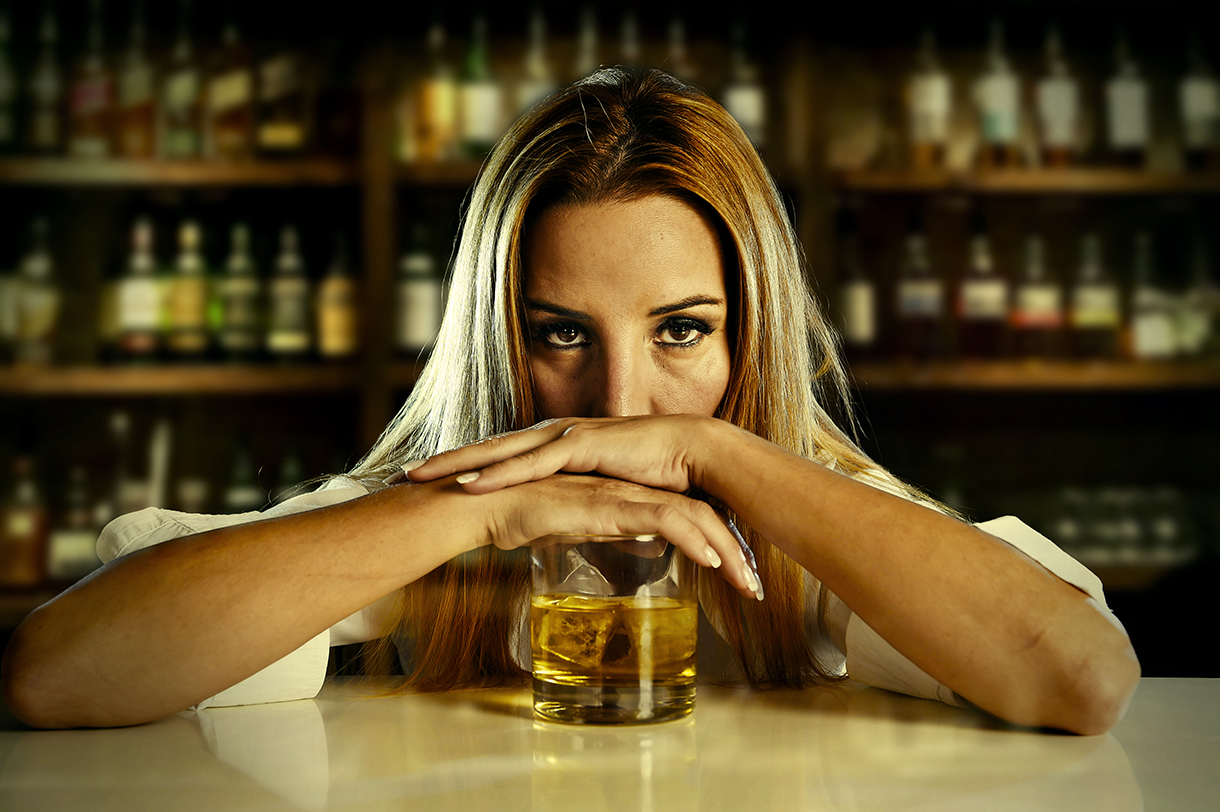
Rum
Rum is derived from fermented sugarcane juice or molasses. Most rum varieties hover around 40% ABV, but overproof rums can surpass 75%, making them extremely flammable and potent.
Tequila
Distilled from the blue agave plant in Mexico, tequila has an ABV that usually sits around 40%, though some varieties are bottled at a slightly higher strength.
Vodka
Vodka is one of the most neutral and versatile spirits. Usually made from fermented grains or potatoes, it generally contains 40% ABV in the U.S., though international versions may go higher.
Absinthe
Absinthe has a reputation steeped in mystery and myth. While it isn’t a hallucinogen as once believed, it is highly alcoholic—ranging from 40% to a staggering 90% ABV, depending on the brand.
Everclear
This grain alcohol is one of the most potent commercially available spirits. Everclear is sold at strengths of 60%, 75.5%, and even 95% ABV (that’s 190 proof), making it unsuitable for drinking straight and restricted or banned in several regions.
Alcohol Measurement Units and Terminology
Understanding how alcohol content is measured can help you better evaluate the strength of a beverage, compare drinks across regions, and avoid consuming more than your body can safely handle. There are a few standard units and expressions used globally to represent the amount of alcohol in a drink.
Common Units of Measurement
-
% ABV (Alcohol by Volume): This is the most widely used measure. It tells you how many milliliters of pure ethanol are present in every 100 milliliters of the drink. For instance, a drink labeled 12% ABV contains 12 ml of pure alcohol per 100 ml of liquid.
-
% vol (or vol %): This is another way of expressing ABV and is used more often across Europe. It's the same number, just labeled differently.
-
Proof: In the United States, the proof system is used to describe spirits. It’s simply double the ABV. So, a whiskey with 40% ABV would be labeled as 80 proof.
-
% ABW (Alcohol by Weight): Less common but still used in some regions of the U.S., this measures alcohol by weight rather than volume. Since alcohol is less dense than water, % ABW will always be lower than % ABV. To convert between them:
-
ABW = ABV × 0.8
-
ABV = ABW × 1.25
-
These distinctions can become especially important when comparing labels on international products or when tracking your alcohol intake over time.
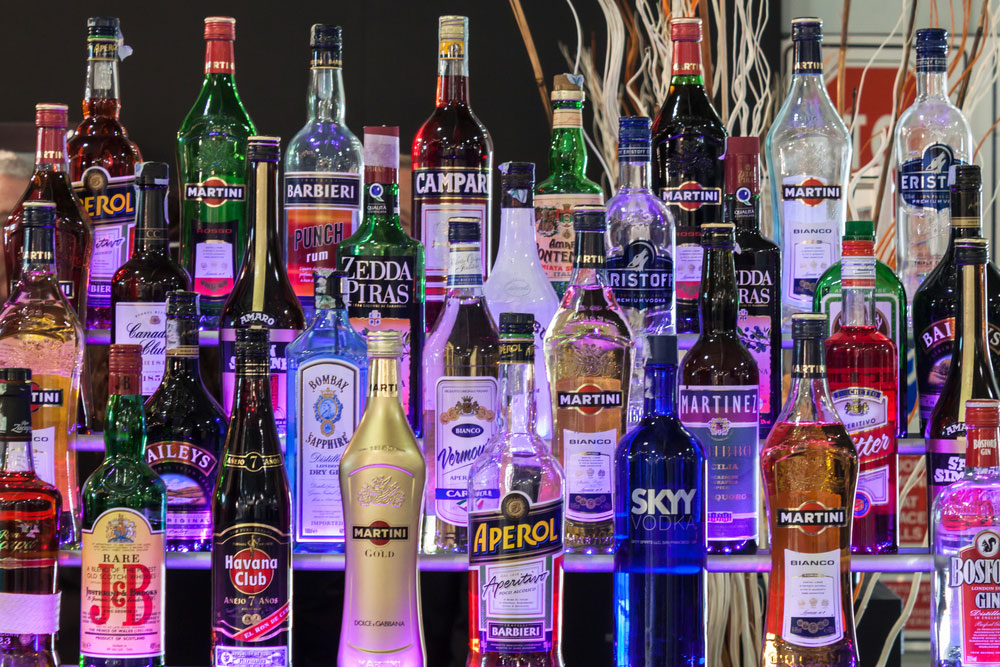
Types of Alcoholic Beverages Compared
Below is a comprehensive chart that compares a wide variety of alcoholic drinks based on their alcohol content (both % ABV and grams) and caloric value. This chart also includes lesser-known drinks from different cultures, giving a global perspective on how alcohol is consumed and classified around the world.
Each beverage type is listed by its usual serving size, showing the average alcohol concentration and calories per serving. Note that both alcohol content and calories can vary depending on brand, preparation, and region.
Alcoholic Beverages: Alcohol and Calorie Content (Selected Examples)
| Alcoholic Beverage (Typical Serving) | Alcohol Content (% ABV, grams) | Calories (kcal) |
|---|---|---|
| Alcohol-free beer (355 mL) | 0.0% (US); <0.05% (EU); <0.15g | 50–100 |
| Non-alcoholic/dealcoholized beer (355 mL) | <0.5%; <1.5g | Varies |
| Kombucha (475 mL) | Usually <0.5%; <2g (range up to 3%) | 60–120 |
| Boza (355 mL) | ~1%; ~3g (range up to 7%) | 100–180 |
| Kvass (359 mL) | <1.2%; <3.5g | ~200 |
| Low-alcohol beer (355 mL) | <2.5%; <7g | ~100 |
| Radler (500 mL) | 2.5%; 10g | 100–125 |
| Chicha (355 mL) | 1–3%; 3–9g | ~120 |
| Shandy (355 mL) | 0.5–4%; 1.5–11g | ~130 |
| Light beer (355 mL) | 2.6–4%; 4–11g | 100–150 |
| Session beer (355 mL) | <5%; <14g | 100–170 |
| Regular beer (355 mL) | 4–6%; 11–17g | ~160 |
| Sangria (250 mL) | 6–11.5%; 12–23g | ~150 |
| Palm wine (355 mL) | 4–7%; 11–20g | 100–200 |
| Breezers, coolers (355 mL) | 4–7%; 11–20g | 120–270 |
| Irish coffee (180 mL) | 10%; 14g | ~160 |
| Malt liquor (355 mL) | 6–8%; 17–22g (up to 14%) | 150–350 |
| Hard cider (355 mL) | 4–6%; 11–17g | 100–300 |
| Sparkling wine (120 mL) | 10–12%; 9–11g | ~80 |
| Ice wine (150 mL) | 9–13%; 11–16g | 160–190 |
| Table wine (150 mL) | 8.5–15%; 8–18g | 125 |
| Sake (150 mL) | 15–17%; 18–20g | 195 |
| Mead (150 mL) | 10–14%; 12–17g | 150–220 |
| Soju (45 mL) | ~20%; ~7g | 40–120 |
| Shochu (45 mL) | ~25%; ~9g | ~65 |
| Pastis (45 mL) | 40–45%; 14–16g | 140–170 |
| Cynar (45 mL) | 16.5%; 6g | ~100 |
| Vermouth (45 mL) | 13–18%; 5–6.5g | ~70 |
| Port, sherry, marsala (100 mL) | 15–22%; 12–18g | 160 |
| Campari/Limoncello (45 mL) | 24%; 9g | 130–170 |
| Amaretto (45 mL) | 28%; 10g | ~175 |
| Martini (45 mL) | 16–30%; 6–11g | 70–80 |
| Jägermeister (45 mL) | 35%; 12.6g | ~155 |
| Cream liqueurs (45 mL) | 11–38%; 4–14g | 100–230 |
| Gin, dry (45 mL) | 37.5–55%; 13.5–20g | 100–140 |
| Vodka (45 mL) | 40%; 14g | 100–210 |
| Whiskey (45 mL) | 40–50%; 14–18g | 110–130 |
| Tequila (45 mL) | 38–40%; 14g | 100–140 |
| Rum (45 mL) | 40%; 14g | 100–130 |
| Absinthe (45 mL) | 38–90%; 14–32g | 100–230 |
| Everclear (30 mL) | 75.5–95%; 18–23g | 130–160 |
Alcohol Present in Common Foods
Alcohol isn’t only present in beverages—it’s also found in various foods, either as a cooking ingredient or through natural fermentation. The amounts are usually very small, but in certain cases, the concentration can be measurable.
Examples of Alcohol in Food Products
-
Kefir (237 mL): Naturally fermented milk drink, contains 0.05% to 3% ABV.
-
Cheese fondue (215 g): Typically has less than 1% ABV.
-
Vanilla extract (1 tbsp): Around 30% alcohol, often unnoticed due to the small serving size.
-
Tiramisu: May contain trace alcohol from coffee liqueur or rum.
-
Flambé dishes (1 cup): Can retain about 2% alcohol after cooking.
-
Vinegar (30 g): Traces of alcohol may remain from fermentation.
-
Bread, pastries, pizza dough: Contain residual alcohol (0.04%–1.9%) from yeast fermentation.
-
Cooking sauces with wine: Less than 1% alcohol usually remains after simmering.
-
Alcohol-filled chocolates: May hold up to 10% alcohol by weight.
-
Overripe fruit: Can contain naturally occurring alcohol, up to 5% in some cases.
-
Soy sauce (30 mL): Can contain 2% or more alcohol, especially if brewed traditionally.
While the alcohol content in food is generally low, it can be relevant for people avoiding alcohol for health, religious, or personal reasons.
Alcoholic Beverages Chart
| Alcoholic Beverage (Typical Serving) | Alcohol Content (% ABV, grams) | Calories (kcal) |
|---|---|---|
| Airline miniature spirits (50 mL) | 40%, 80 proof; 16g | 110 |
| Sambuca (45 mL) | 42%, 84 proof; 15g | 170 |
| Ouzo (45 mL) | 37.5–48%, 75–96 proof; 13.5–17g | 100–180 |
| Aquavit (45 mL) | 40%, 80 proof; 14g | 90–110 |
| Schnaps (30 mL) | 40%, 80 proof; 14g (range 32–45%) | 80–110 |
| Grappa (45 mL) | 37.5–60%; 13.5–22g | 100–160 |
| American schnapps (45 mL) | 15–50%; 5–18g | 60–150 |
| Cognac (45 mL) | 40–43%; 14.5–15.5g | 110 |
| Baijiu (45 mL) | 40–65%; 14–23g | 100–160 |
| Arak (45 mL) | 40–50%; 14–18g | 160–200 |
| Overproof rum (30 mL) | 75.5%, 151 proof; 18g (range up to 22g) | 130–154 |
| Absinthe (45 mL) | 38–90%; 14–32g | 100–230 |
| Everclear (30 mL) | 75.5–95%; 18–23g | 130–160 |
| Neutral grain spirit (30 mL) | 95%, 190 proof; 23g | 160 |
Alcohol in Foods
Food Items That May Contain Alcohol
-
Alcohol-filled candies (15 g): May contain up to 10% ABV, translating to approximately 1.5 grams of alcohol per piece.
-
Rum-kokos balls (10 g): Usually have alcohol content below 3%.
-
Christmas pudding (100 g): Can hold as much as 5% ABV, depending on preparation method and soaking.
-
Overripe fruits: Naturally ferment over time and may develop up to 5% ABV.
-
Soy sauce (30 mL): Especially traditional or brewed variants may contain 2% or more alcohol by volume.
-
Kefir (237 mL): A fermented milk drink containing between 0.05% and 3% ABV.
-
Cheese fondue (215 g): Often contains less than 1% ABV.
-
Vanilla extract (1 tbsp): Around 30% ABV, depending on brand and concentration.
-
Tiramisu (1 serving): Trace alcohol content, typically below 1%.
-
Flambé dishes (1 cup): Approximately 2% alcohol may remain post-cooking.
-
Vinegar (30 g): Fermentation byproduct may leave behind trace alcohol, often less than 0.01 g.
-
Baked goods (bread, rolls, pastries): May contain alcohol in the range of 0.04% to 1.9% due to yeast fermentation.
-
Cooking sauces and gravies with wine (½ cup): May retain less than 1% ABV after cooking.
-
Alcoholic dessert toppings or sauces: Can range from trace amounts up to several grams, depending on use and whether they were flamed or cooked.
-
Other fermented or soaked ingredients (fruits, glazes, fillings): Can contain varying small percentages, often below 1%.


